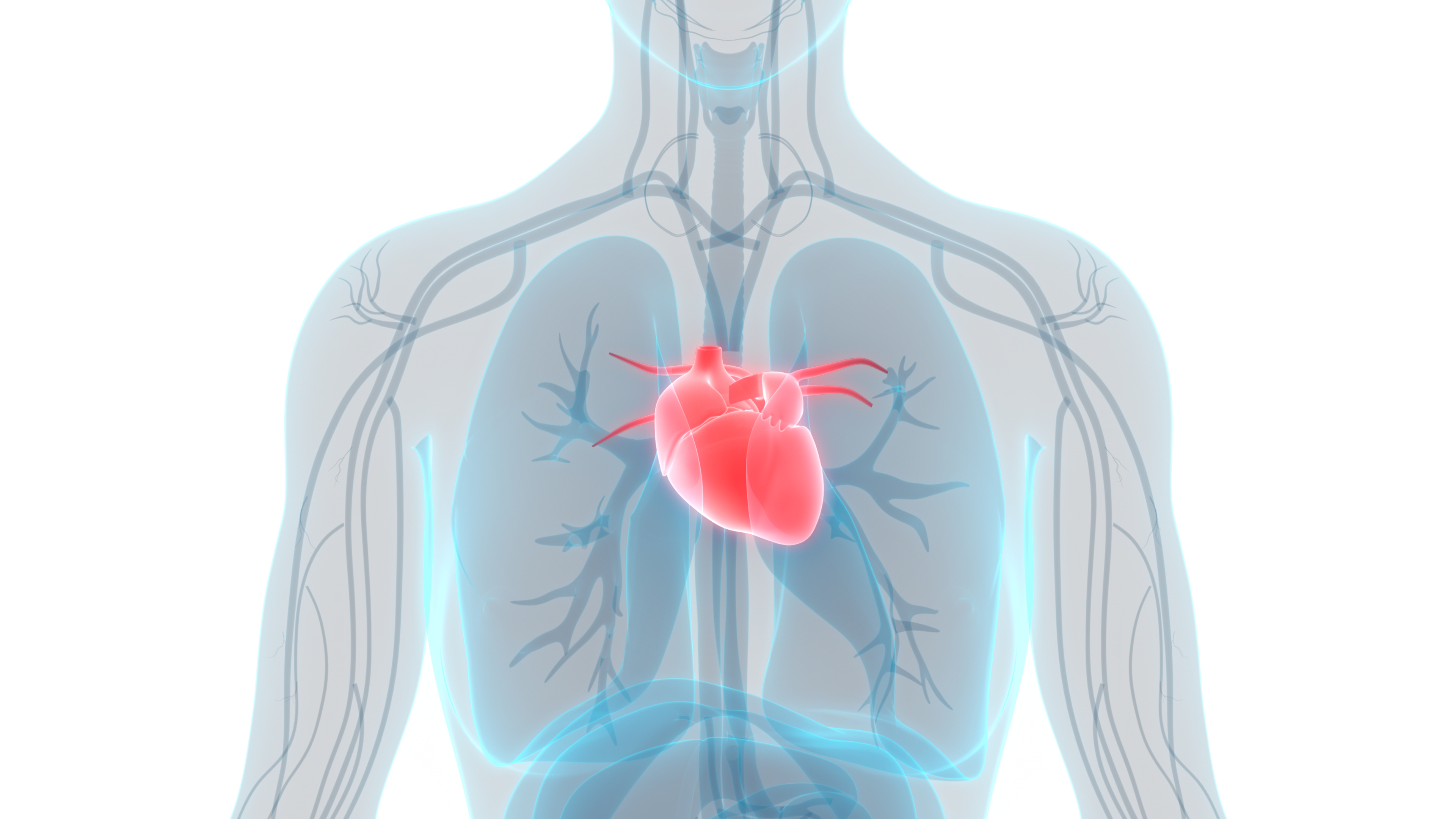teaser
Bayer HealthCare has submitted the oral investigational drug riociguat to treat patients with inoperable chronic thromboembolic pulmonary hypertension (CTEPH) and pulmonary arterial hypertension (PAH) for regulatory approval in the United States and in the European Union.
“These regulatory submissions for two distinct forms of pulmonary hypertension not only represent important progress in our cardiovascular pipeline but also fuel our hope to bring this much-needed new treatment option for these serious and potentially fatal diseases to patients and doctors soon,” said Kemal Malik, member of the Bayer HealthCare Executive Committee and Head of Global Development.
Riociguat was discovered by Bayer and represents the first member of a novel class of compounds, the stimulators of soluble guanylate cyclase (sGC). Riociguat is the first drug to demonstrate clinical efficacy in a placebo controlled phase III trial in inoperable CTEPH patients.
The submission is supported by data from the two pivotal, global Phase III studies namely CHEST-1 and PATENT-1. Results of both studies were presented at the 2012 annual meeting of the American College of Chest Physicians (ACCP) in Atlanta, US. Both Phase III studies on riociguat met their primary endpoint in exercise capacity. Riociguat was generally well tolerated, with no unexpected adverse events reported.
In CHEST-1 patients treated with riociguat showed a statistically significant improvement (p<0.0001) from baseline in the six-minute walking test (6MWT) after 16 weeks, compared to those receiving placebo. The study included both patients with inoperable CTEPH and those with persistent or recurrent disease after a surgical procedure called pulmonary endarterectomy (PEA). The PATENT-1 study met its primary endpoint by demonstrating a statistically significant improvement (p<0.0001) from baseline in the 6MWT, after 12 weeks compared with placebo. PATENT-1 included both treatment naïve symptomatic PAH patients and those pre-treated with ERAs or non-iv prostanoid monotherapy.
About pulmonary hypertension
Pulmonary hypertension (PH) is a severe, progressive and life-threatening disorder in which the pressure in the pulmonary arteries is significantly increased due to vasoconstriction and which can lead to heart failure and death. Patients with PH develop a markedly decreased exercise tolerance and reduced quality of life. The most common symptoms of PH include shortness of breath, fatigue, dizziness and fainting, all of which are worsened by exertion. As the symptoms of PH are non-specific, diagnosis can be delayed by as much as two years. Early diagnosis is essential as a delay in treatment initiation can have a negative impact on survival. Continuous treatment monitoring is then vital to ensure that patients are receiving optimal care for their particular type and stage of disease.
According to the clinical classification of PH (Dana Point), there are five different types of PH based on underlying causes which are: pulmonary arterial hypertension (PAH), pulmonary hypertension owing to left heart disease (e.g. PH-LVD), pulmonary hypertension owing to lung disease and/or hypoxemia (e.g. PH-COPD or PH-ILD), chronic thromboembolic pulmonary hypertension (CTEPH) and pulmonary hypertension with unclear multifactorial mechanisms. Currently available pharmacological treatments are only approved to treat one of the five types of PH, pulmonary arterial hypertension. As a result there is a strong need for more research to improve understanding of how all five types of PH can be treated effectively.
About pulmonary arterial hypertension (PAH)
PAH is a rare but life-threatening disease in which the pressure in the pulmonary arteries is above normal. PAH is characterised by morphological changes to the endothelium of the arteries of the lungs causing remodelling of the tissue, vasoconstriction and thrombosis-in-situ. As a result of these changes, the blood vessels in the lungs are narrowed making it difficult for the heart to pump blood through to the lungs. PAH affects an estimated 52 people per million globally. It is more prevalent in younger women than men. In most cases PAH has no known cause and, in some cases, it can be inherited.
Despite the availability of several approved therapies, the prognosis for patients with PAH remains poor.

